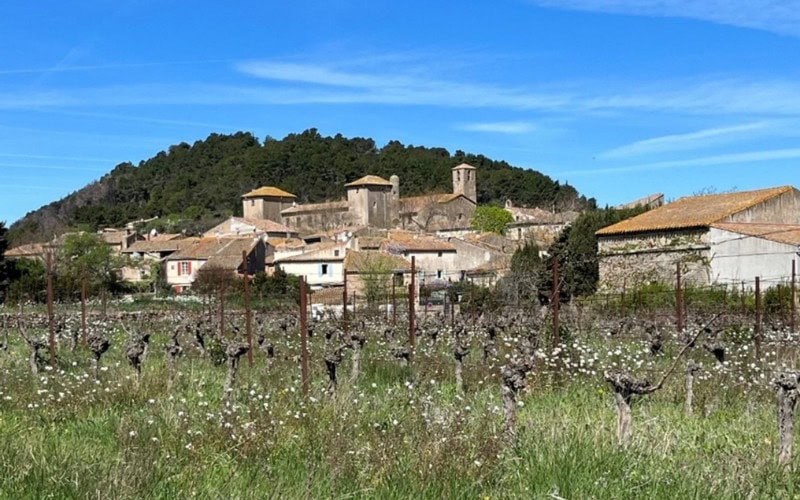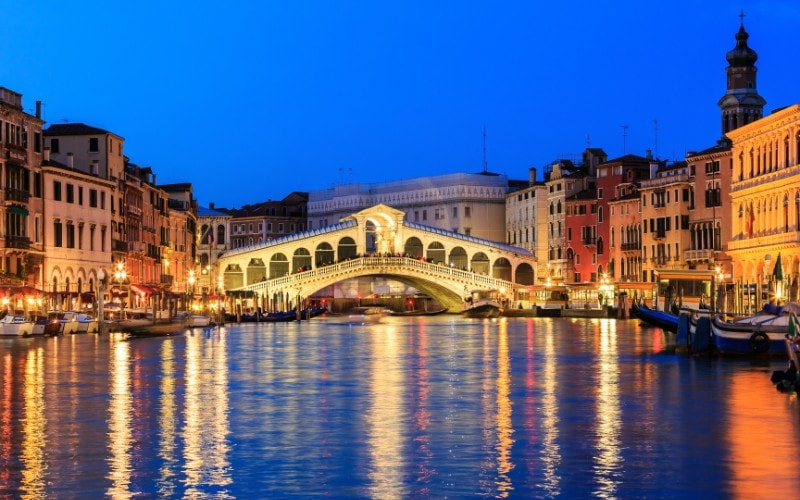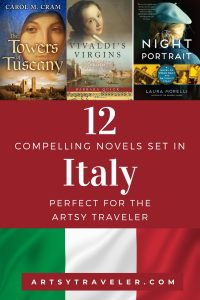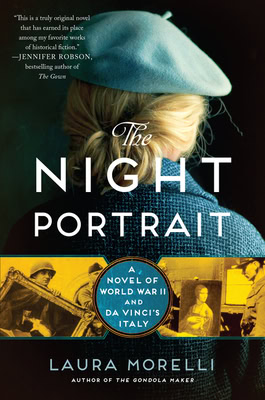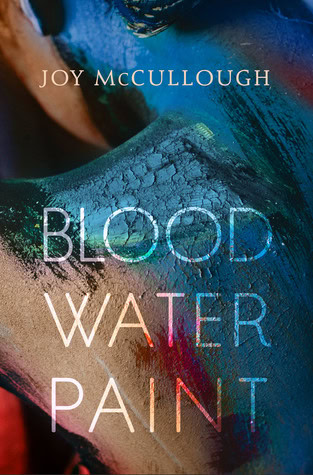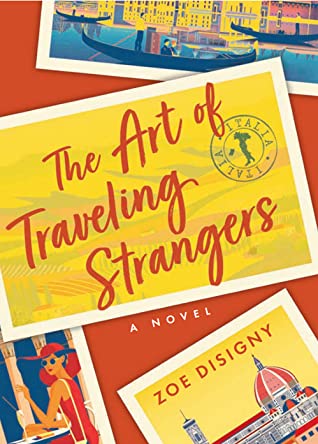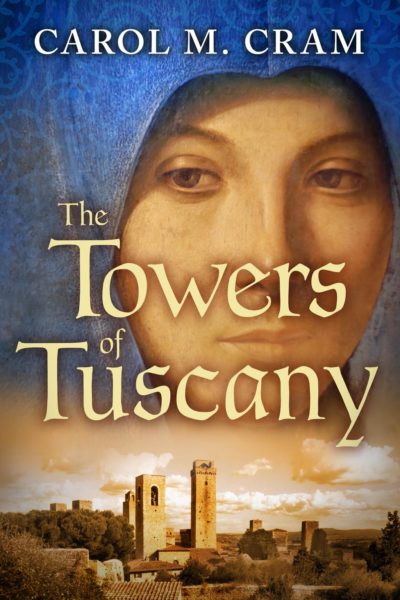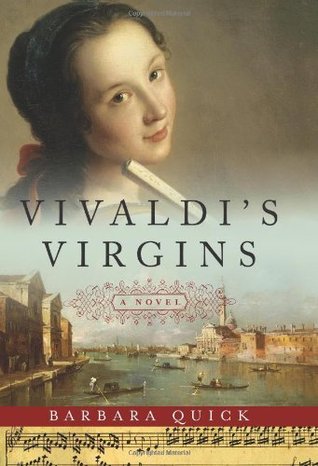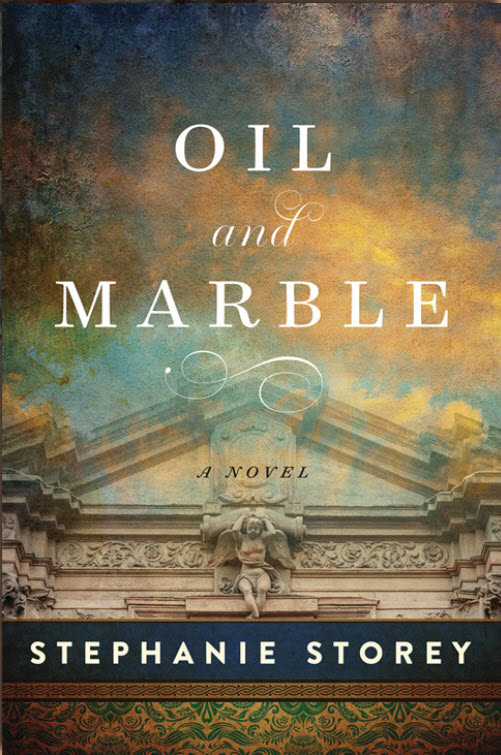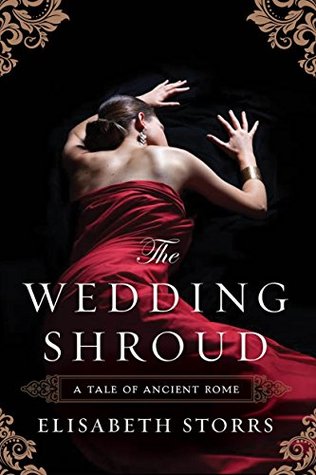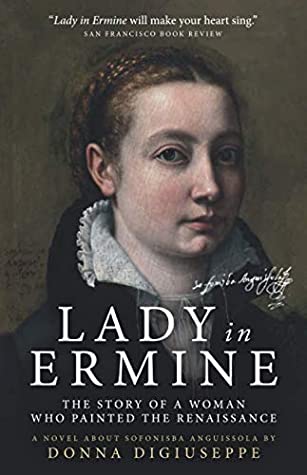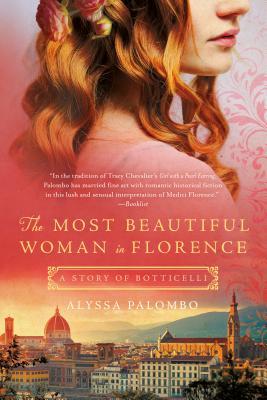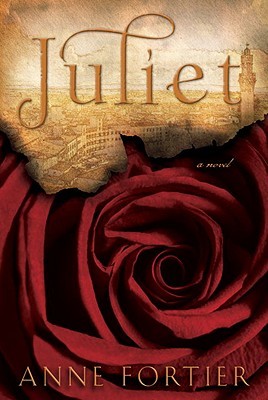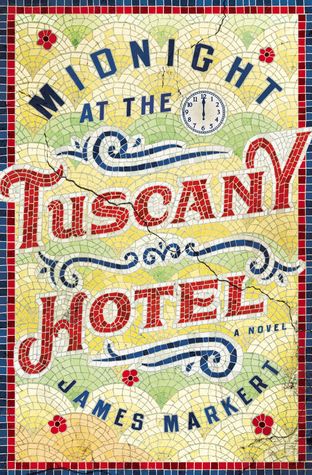Guest Post: Author Zoe Disigny Buys a House in France
Author Zoe Disigny (The Art of Traveling Strangers) has made her dream of owning a house in France come true! Read about her experience in this guest post for Artsy Traveler.
Vive la Différence
We bought a house in France! I know, I can’t believe it either!
I’ve fantasized about living in France since my first high school French class, and now, over fifty years later, that dream has come true four months out of the year. And although I’m new to this, I’d like to share some preliminary observations about living in rural Southern France versus urban Southern California.
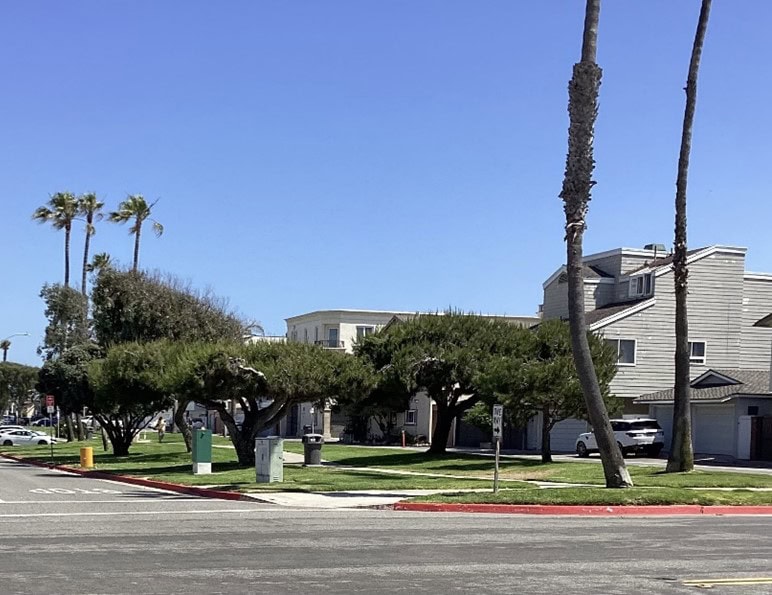
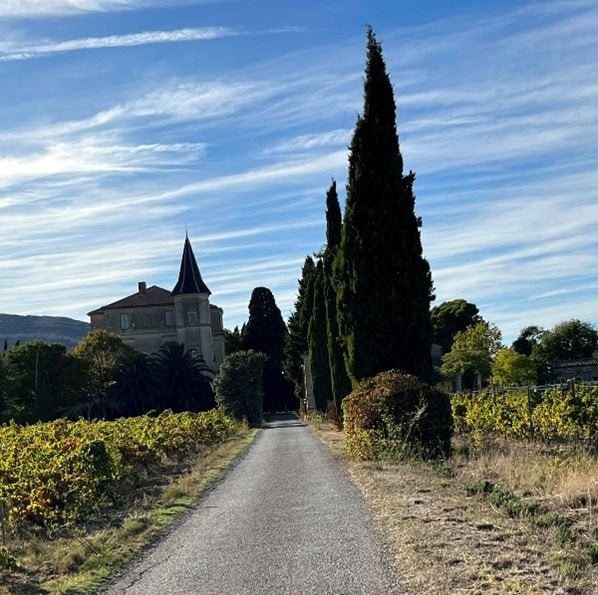
History is Everywhere
The first thing I always notice about France is the palpable presence of history, and my little village is no different. I’m drawn to the textures of the old buildings, with their peeling layers of plaster, red tile roofs, and decorative eaves looking like the pinched edges of pie crusts.
And I love how the village houses still cluster around medieval churches. In Southern California, the buildings would be sleek condos surrounding a shopping center.
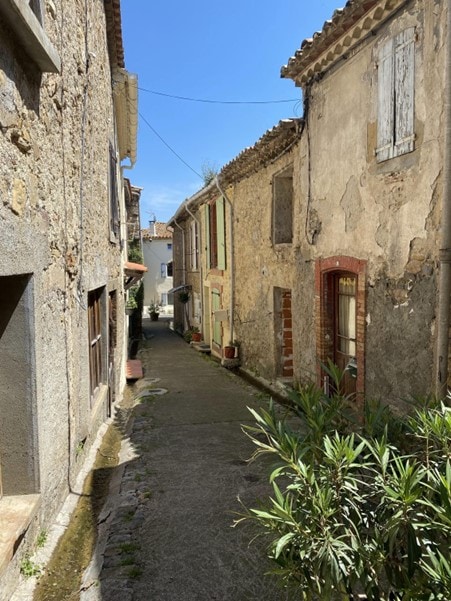
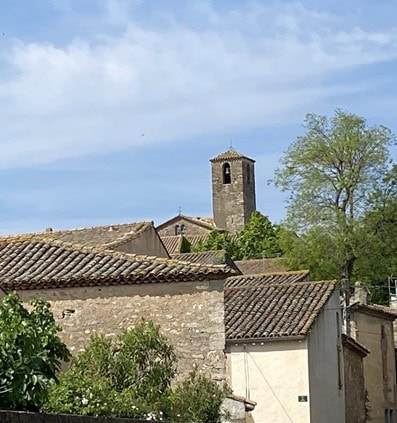
For Whom the Bell Tolls
A sturdy bell tower crowns the 12th-century church in the center of our village. Its ancient bell tolls daily at seven in the morning, noon, and seven at night, calling the faithful to pray the Angelus—a prayer dating back to the 11th century. The clanging bell is far from melodious, but it fills me with inexplicable joy.
Nothing in Southern California compares.
Beautiful Details
It’s not just the weathered façades of old French homes that reel me in but also their traditional wooden shutters with black iron hardware. The iron fasteners that hold our window shutters open take the shape of tiny female busts and are called arrêts bergère (shepherdess stops). I love their hats and how proper these ladies look. They clearly take their job seriously!
Against the stone façade of our house, our door shutters with their multiple iron bars remind me of a medieval fortress. And the six-step process to close and latch them each night feels just as archaic—an inefficiency that would not go over well in the U.S. but appeals to my romantic soul.
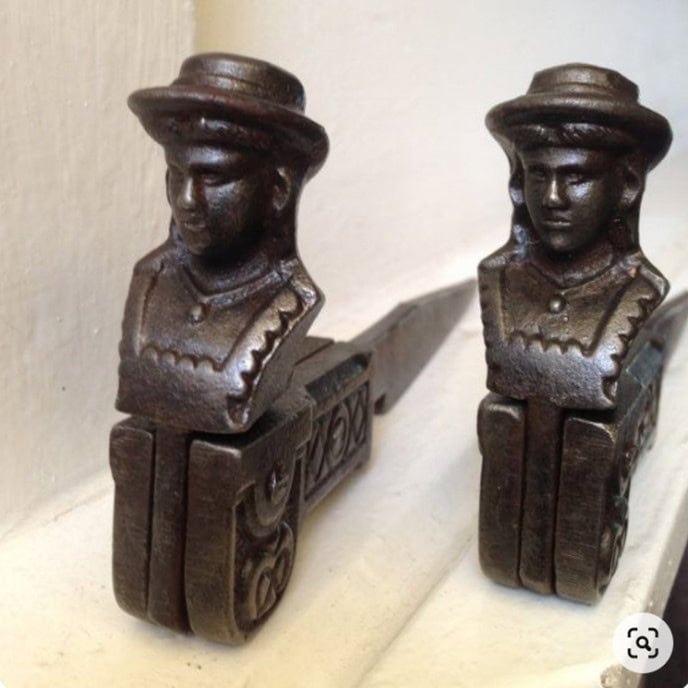
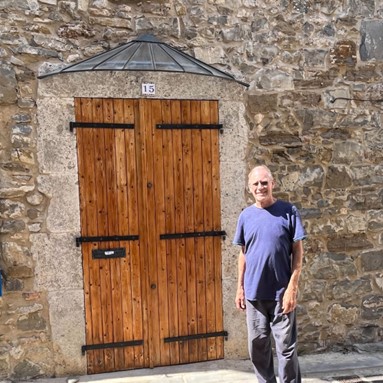
I’m also charmed by the delicate lace curtains placed flat against the inside of the windows. They soften the darkness of the closed shutters and filter the light when the shutters are open—an old-fashioned window treatment that would look entirely out of place in my home in California.
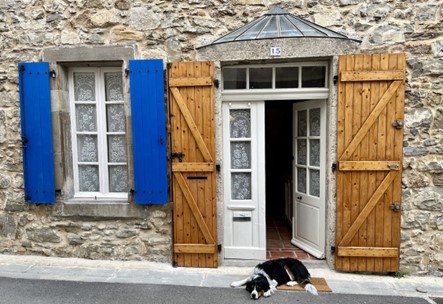
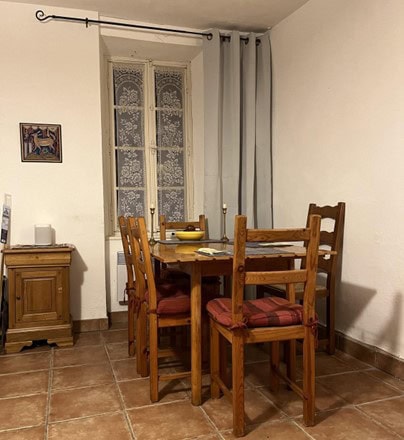
Navigating French Bureaucracy
The English word bureaucracy comes from the French word bureaucratie coined in the 18th century to describe a cumbersome government of multiple bureaus or offices. It’s fitting that the French invented this word because France is notorious for it.
Case in point: Our cash offer for our French house was accepted on May 16, 2022. Even though there were no contingencies, the sale was not approved until Aug. 30—three and a half months later!
In California, if all goes well, cash buyers can close a sale in as little as seven days.
Getting from Here to There
Driving in France (not Paris) is a pleasure, as long as you’re good at navigating endless rond points (roundabouts) and realize you won’t get stopped for speeding. Instead, if you’re caught on a speed camera, you’ll get a ticket in the mail. Surprise!
Of course, there’s often no need to drive because the trains go everywhere and are comfortable, clean, and inexpensive for short hops. It only takes twelve minutes and costs three euros for us to train to Narbonne (fourteen miles away on the Mediterranean).
And one of the best things about traveling around France . . . no billboards!
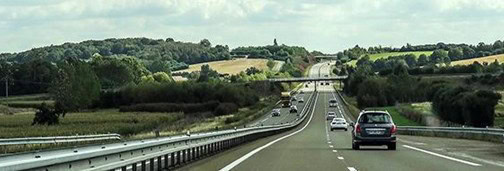
The Pause that Refreshes
In my part of France, most stores (except grocery stores) close from noon to 2 (unless it’s Sunday when nothing is open—again, except grocery stores, but they’re only available until noon). Got it?
Our home improvement store, Bricomarche, is very strict about its midday closure. As the noon witching hour approaches, staff members circulate the store, barring customers from selecting more items and shooing us toward the checkout counter.
Stop a client from buying? That would never happen in the U.S.
As the stores shut down for lunch, the restaurants open—but only from noon to 2 (or sometimes 1:30). If you miss that window, they don’t open again until 5 (at the earliest).
Dining in France
The tradeoff for this narrow timeframe is the delicious, artfully presented food! Other compensations include no loud music or distracting TVs (making mealtime more favorable for conversation, savoring, and digestion).
Tipping is strictly voluntary. With a government-required service charge added to the bill, a 5-10% tip is generous.
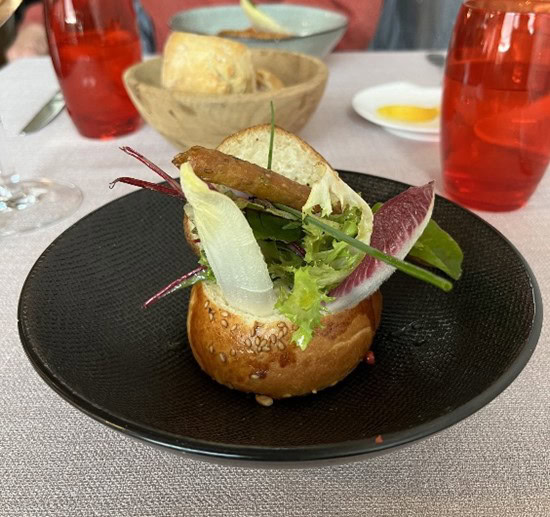
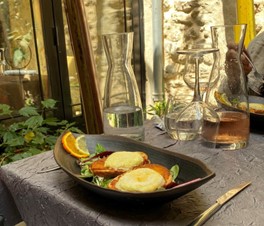
Another dining difference in France—the pace of the meal. Not only does it usually take a little longer to get your food, but it takes a lot longer to get your bill. This is not great if you’re in a hurry, but at least they won’t whisk your plate away while you’re still chewing your last bite!
And take heed, no “doggie bags.” I mean, you could ask for one, but it’s not normally done. So eat up!
Bonjour, Madame
Perhaps it’s just my little village and the towns near mine, but everyone passing by says “bonjour.” The delivery man, dog walker, shoppers, children. No one passes anyone without a friendly “bonjour.” And most of the time, the greeting is even more polite. “Bonjour, Madame,” “Bonjour Monsieur.” Or if you’re in mixed company, “Bonjour messieurs-dames.” It’s just so respectful and, well . . . French!
So, there you have it, a few of my early impressions on the differences between living in the U.S. and France.
Vive la différence!
Read about Zoe Disigny on the Artsy Traveler Guest Posters page.
